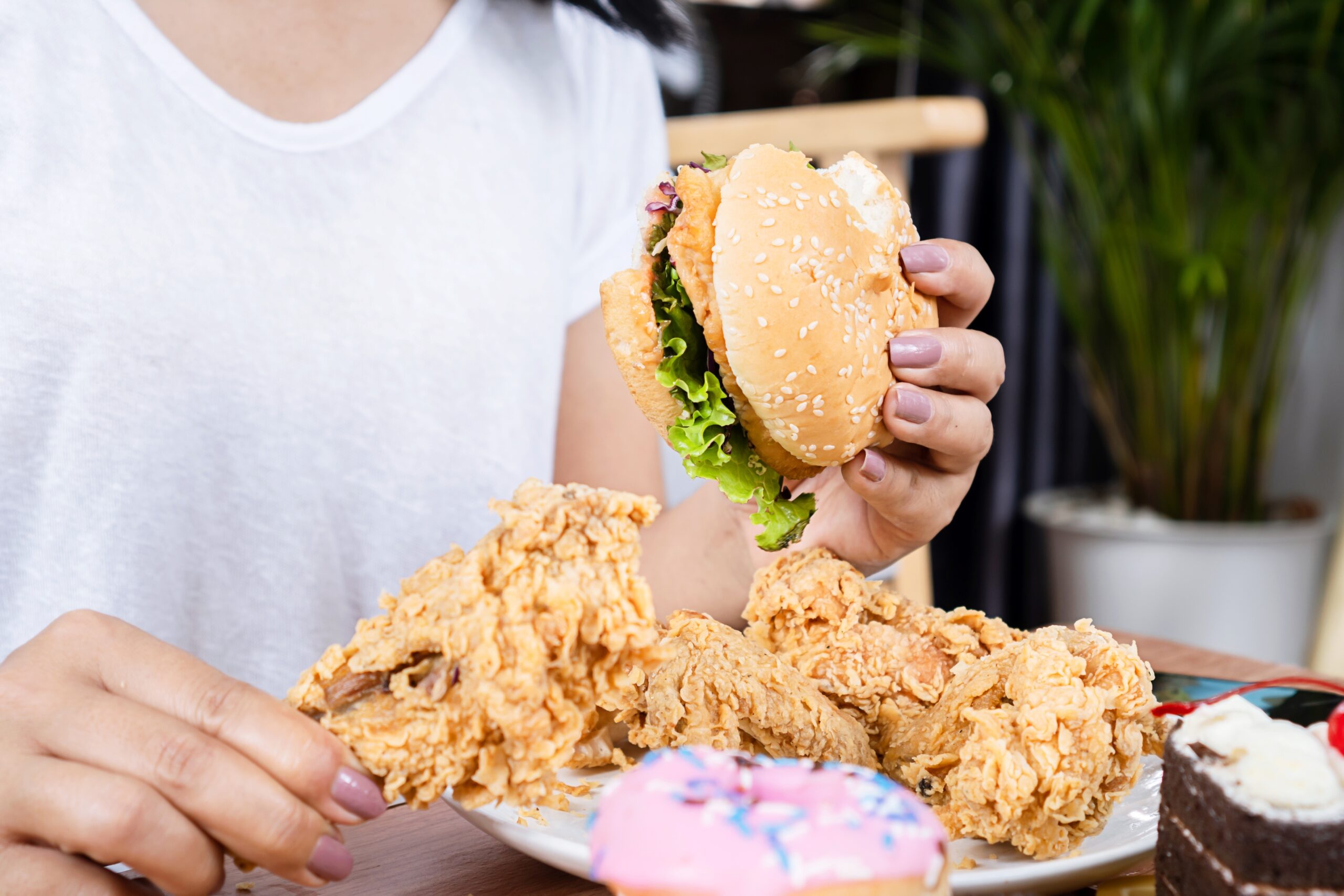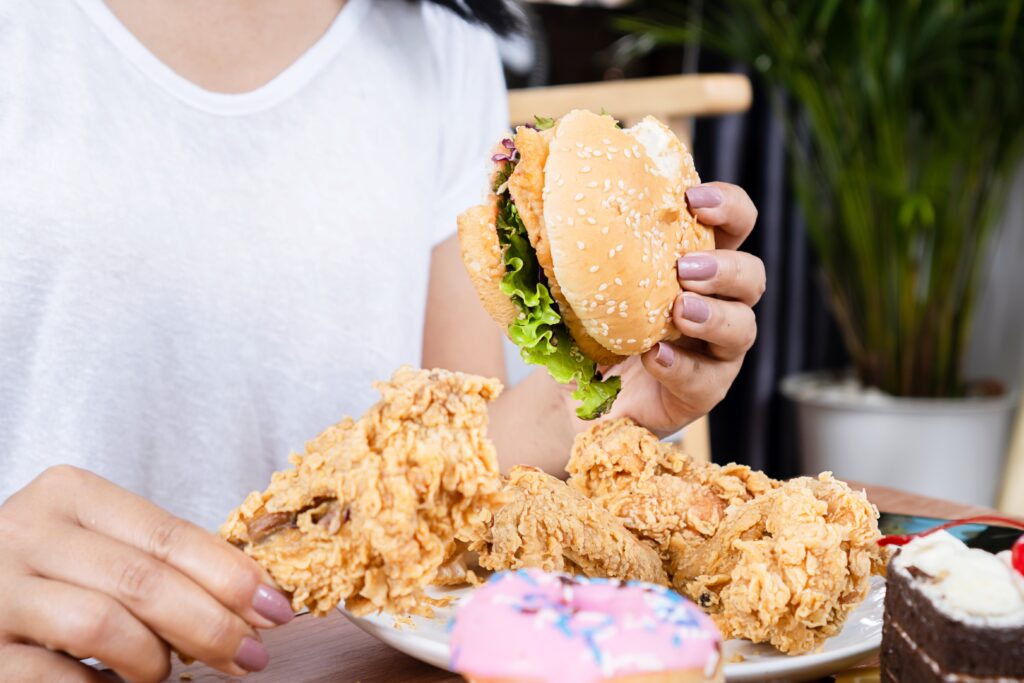Have you ever finished a huge bag of chips and wondered why you couldn’t stop eating them? You weren’t hungry, and the salt was hurting your tongue, yet you continued to plow through them on autopilot! Or maybe you crave a particular sugary treat every afternoon. It turns out there’s a scientific reason why some foods seem to be more addictive than others. This article explores the factors contributing to cravings and why we simply must have that salty, high-fat, or sweet treat.

How Food Affects the Brain
The science of cravings isn’t fully understood, but scientists do know something about the chemical pathways that make us want to eat certain foods more than others, even if they are less nutritious or even potentially harmful to our health.
When we eat, the brain releases dopamine, a neurotransmitter associated with pleasure and reward. This dopamine release encourages us to seek out those foods again in the future. Highly processed foods, particularly those high in sugar, fat, and salt, tend to trigger a stronger dopamine response than whole foods.
Such foods are often designed to be hyper-palatable, meaning they’re engineered to appeal to our taste buds more. The combination of intense flavor and a surge of dopamine creates a cycle of craving and consumption.
The “Bliss Point” and Engineered Cravings
Food scientists sometimes refer to the concept of the “bliss point” – the precise combination of ingredients that creates an optimal level of pleasure in the brain. Food manufacturers often strive to hit this bliss point with their products, using things like sugar, fat, and salt in specific ratios to make their food as irresistible as possible.
These carefully crafted flavor profiles can lead to intense cravings and make it difficult to resist overindulging. Unfortunately, it’s in a food maker’s best interest to add the necessary amount of sugar or fat to make our brains say “yum,” and they don’t care about the adverse effects such ingredients can have on our physical health.
Habit and Emotional Eating
In addition to the physiological effects on the brain, our habits and emotional state can also influence food cravings. If we’re used to reaching for chips or cookies when stressed or bored, these behaviors can become ingrained and difficult to break.
Similarly, certain foods may become associated with positive memories or emotions, leading us to crave them for comfort or nostalgia. If you remember eating a certain ice cream flavor with a favorite family member, you may subconsciously seek out these foods throughout your life as a way to feel happy and nostalgic. Unfortunately, these are often ‘treat’ foods with little nutritional value.
Breaking the Cycle: How to Manage Cravings
While some foods may be more tempting than others, there are steps you can take to manage cravings and make healthier choices. Here are a few tips:
Focus on whole foods: A diet rich in fruits, vegetables, whole grains, and lean proteins can help regulate blood sugar and reduce cravings for processed foods.
Don’t deprive yourself: Completely eliminating your favorite foods can backfire and lead to stronger cravings. Allow yourself occasional treats in moderation and learn to practice self-restraint.
Plan your meals and snacks: Having healthy options readily available can help you avoid unhealthy choices when cravings strike and make you less likely to opt for high-calorie or high-salt alternatives.
Address emotional eating: If you find yourself using food to cope with stress or other emotions, consider healthier coping mechanisms like exercise, relaxation techniques, or talking to a therapist.
By understanding the science behind food cravings and taking steps to manage them, you can make more mindful choices about what you eat and develop a healthier relationship with food.







